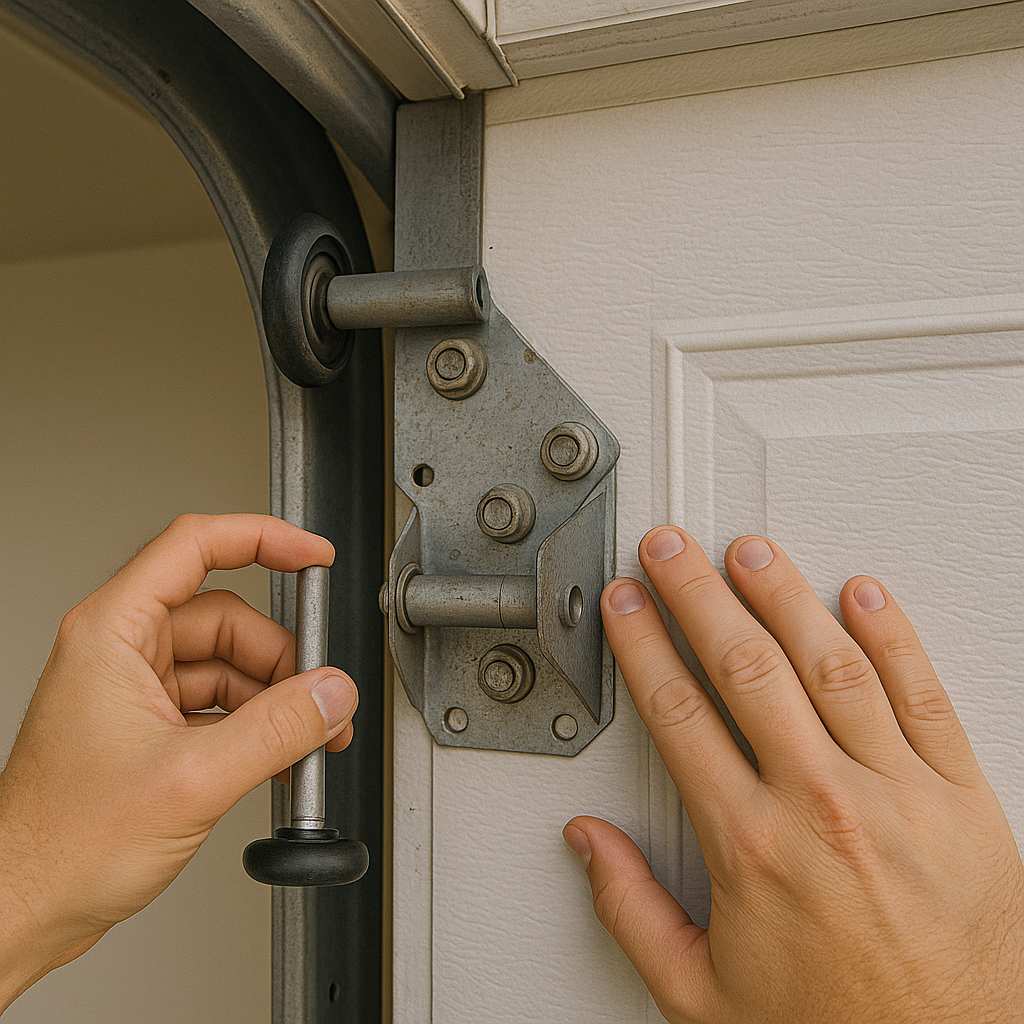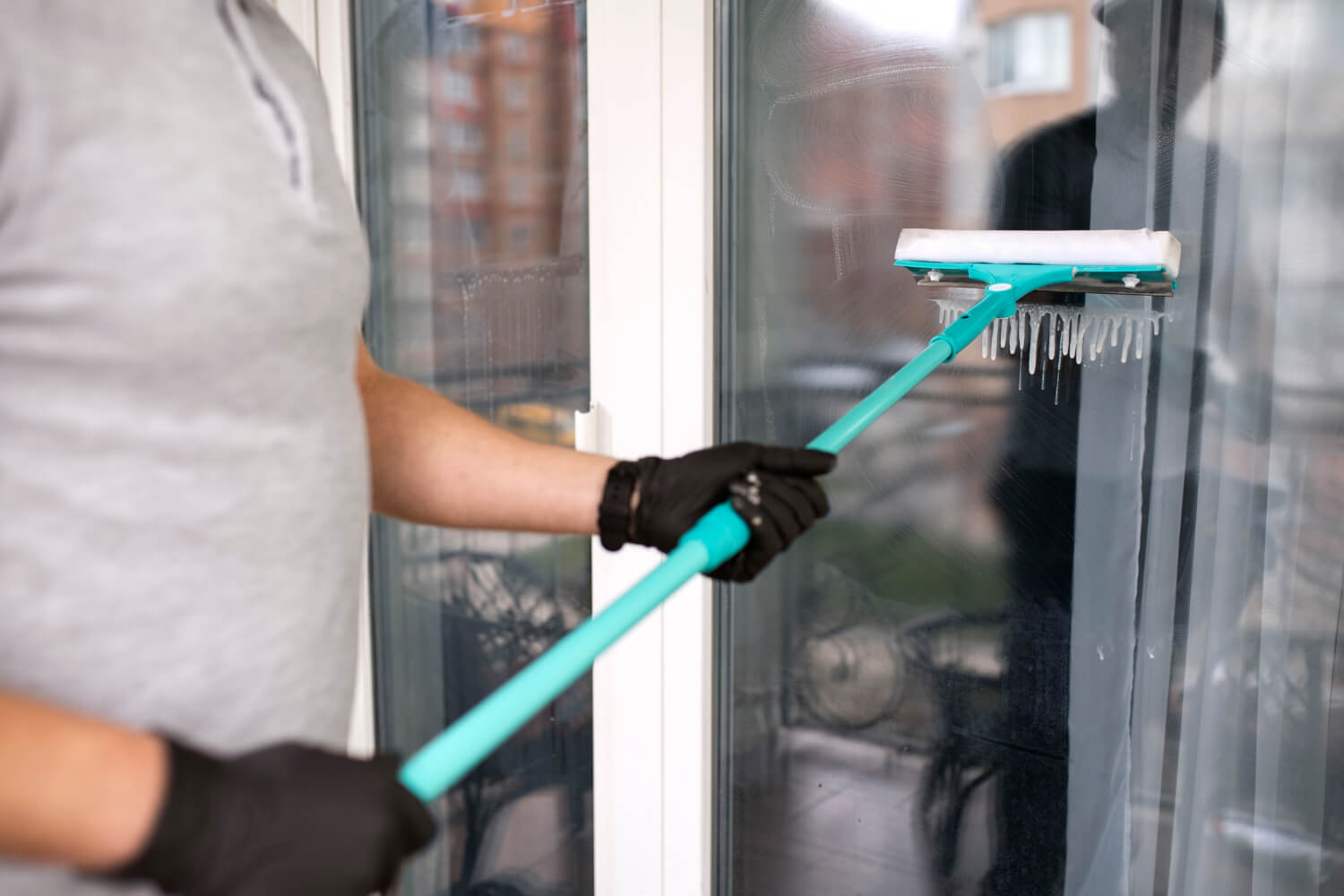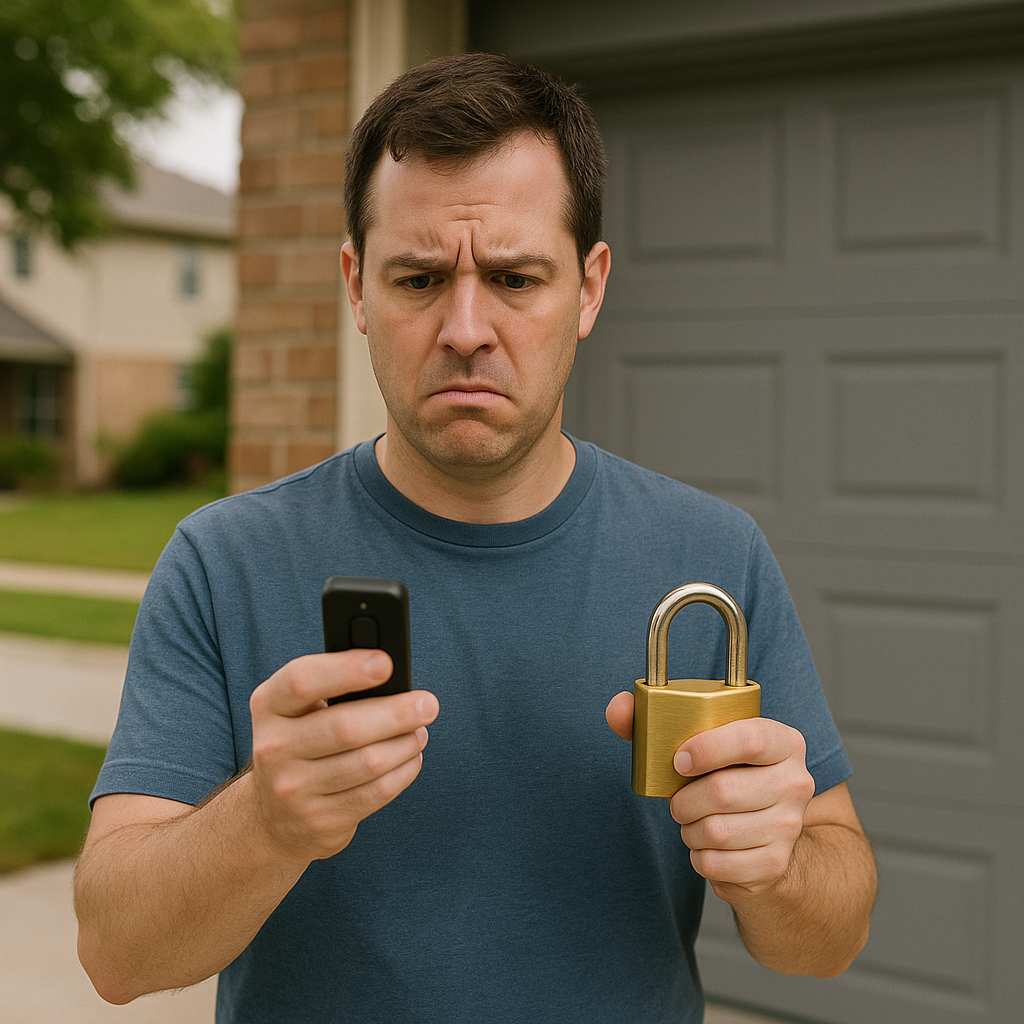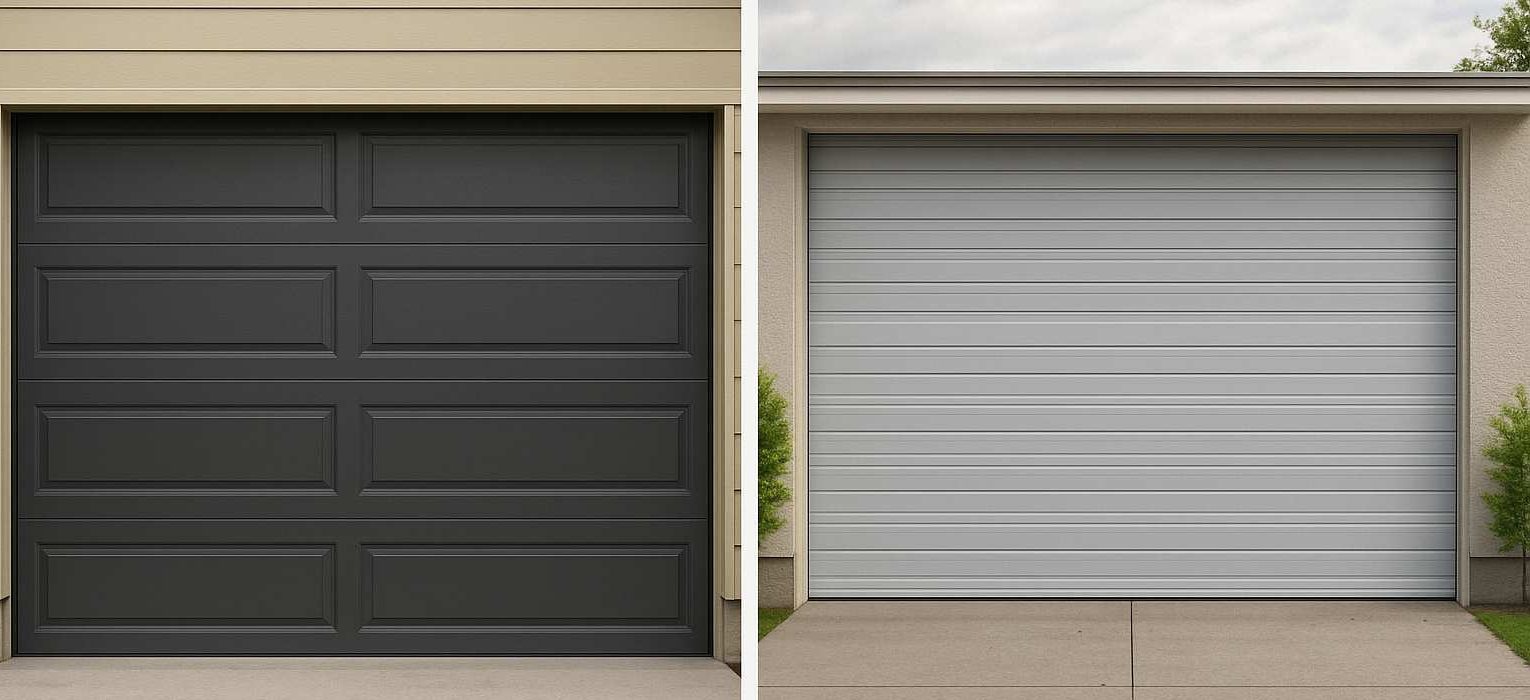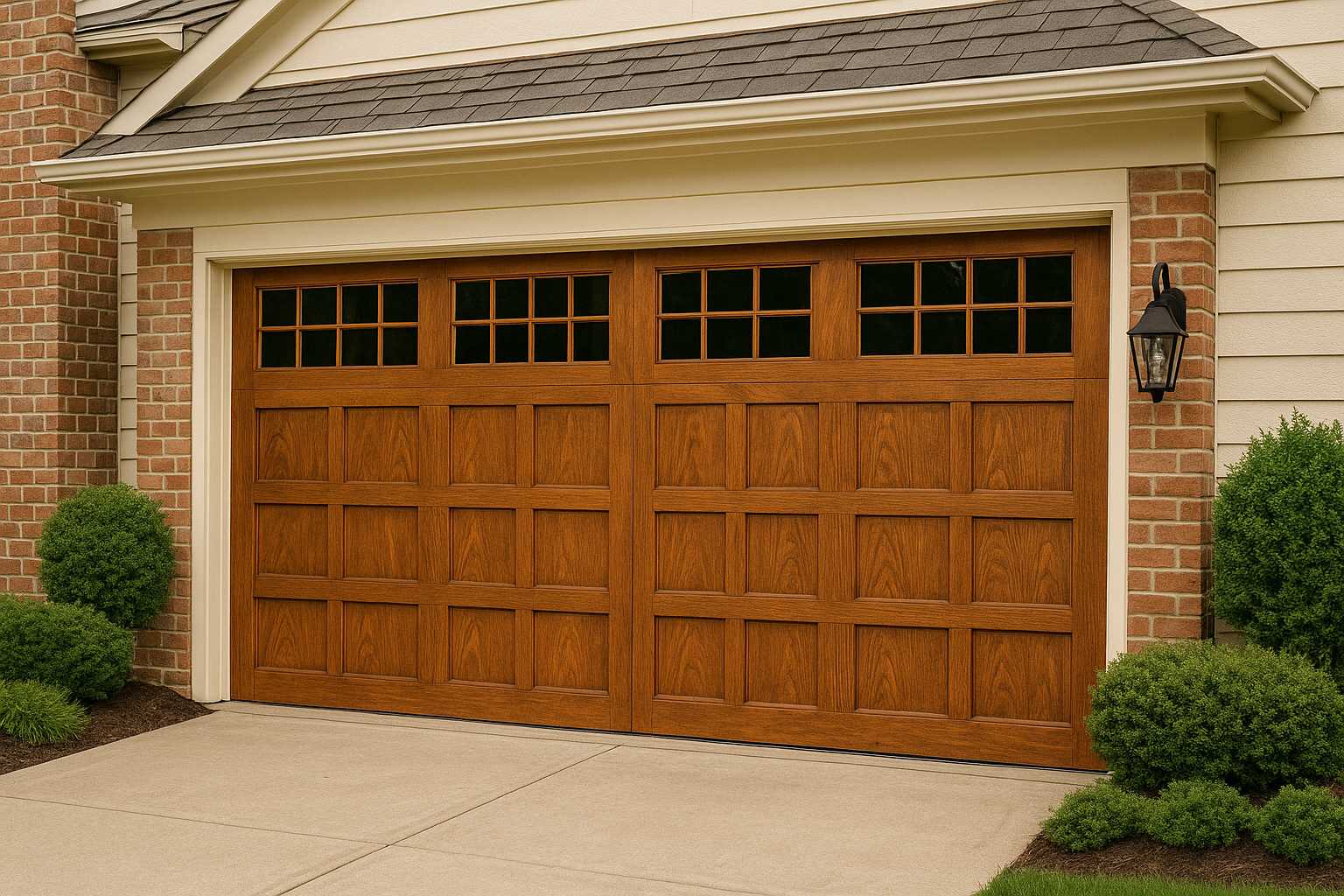As a bloke from South Australia, I’ve had my fair share of run-ins with malfunctioning garage door openers. There’s nothing more frustrating than a garage door that won’t do its job, especially when you’re rushing out for work or a footy match. So, let’s dive into the world of garage door opener repair and work out when it’s best to repair versus replace your trusty machine.
The Importance of a Functional Garage Door Opener
Garage door openers are vital. They keep your vehicles secure, ensure the safety of your belongings, and make your life a heck of a lot easier. As with any mechanical device, these openers aren’t immune to wear and tear over time. But when do you decide between repairing or replacing? Let’s explore this question while focusing on our target keyword: garage door opener repair.
Initial Checks Before Deciding
Before you call in the cavalry or head to the shops for a new opener, start with some basics checks. This can save you time and effort in the long run.
Check the Power Supply
It’s simple, but you’d be surprised how often the power supply is the culprit. Ensure your opener is plugged in and receiving power. Test the outlet with another appliance to rule out a faulty socket. If you’re still in trouble, check your home’s electrical panel for tripped breakers or a blown fuse.
Emergency Release and Lock Status
If your garage door is stuck, engage the emergency release mechanism. This lets you open or close the door manually. Remember to pull the emergency release cord, usually dangling as a red handle nearby. Also, check that your garage door isn’t locked manually; it really could be that simple!
Common Issues with Garage Door Openers
Understanding what could go wrong with a garage door opener gives you a good leg up in repair vs replacement decision-making. Here are some issues that commonly crop up:
Sensor Issues
- Alignment: Sensors that aren’t lined up properly will prevent your door from closing or opening. Make sure they’re directly facing each other.
- Cleaning: Dust and grime can cause sensors to malfunction. Use a soft cloth to clean them up.
- Light Indicators: If the sensor lights aren’t on, you might have a wiring dilemma or a knackered sensor.
Obstructions and Track Problems
Keep an eye out for anything blocking your garage door’s path. Toys, tools, or debris can cause havoc. Likewise, tracks need to be aligned and free of wear and tear. If your door is binding or refusing to move, check the tracks and rollers for signs of damage.
Remote and Keypad Problems
- Battery Check: Sometimes, a flat battery in your remote or keypad is all that’s wrong. Swap them out and try again.
- Reprogramming: If your remote stops doing its thing, a quick reprogram might be in order. Just consult your manual for instructions.
Assessing the Age and Wear of Your Garage Door Opener
One of the first things to weigh up is the age of your garage door opener. If it’s a relic from the 80s, it might be time to consider an upgrade. Even solid gear improves over the decades with new technology offering quieter, more efficient options. Consider the severity and cost of the repair – sometimes the economical choice leans towards a full-out replacement.
When to Opt for Repairs
Repairs can be ideal if the issue is isolated or straightforward. Here are a few examples:
Hardware Fixes
- Tighten loose nuts and bolts.
- Inspect and replace damaged cables.
- Tend to a bum motor or circuit board if you can snag parts.
Simple Adjustments
- Adjust up-limit switches or close-force screws as needed. This could stop your door from being stubborn or overly enthusiastic.
- Lubricate rollers and hinges to soften disturbances.
When Replacement is a Smarter Move
There are times when repair isn’t the best call. Consider a replacement if:
- The opener relies on discontinued parts.
- It’s repeatedly up the creek with ongoing issues, causing more hassle.
- You crave modern features like smart home compatibility or quieter operations.
Advanced Troubleshooting
If you’re a dab hand at DIY and keen to delve deeper into repairs, you might tackle issues such as capacitors, motors, and circuit boards – albeit with due caution. Remember, some repairs are best left to professionals, especially if safety is a concern. Springs, for instance, can be downright dangerous.
Keeping Safety in Mind
In any repair venture, look after yourself and your tinnies too:
- Avoid forcing the door if it’s jammed.
- Stick to manual operation if things go pear-shaped until fixed.
- When in doubt, seek out a pro to ensure everything’s in order.
Conclusion
Navigating the realms of automated garage door opener repair versus replacement can be tricky, but if you consider all factors – age, costs, and severity of issues, you’ll likely make the right call. Remember to keep safety front and centre and don’t hesitate to recruit a local expert when needed. We all enjoy the satisfaction of a DIY fix, but there’s no shame in passing the baton when the stakes are high. Cheers to a functional garage and less grumbling next time your door catches you out!


